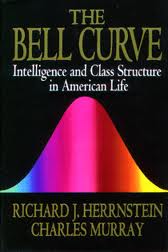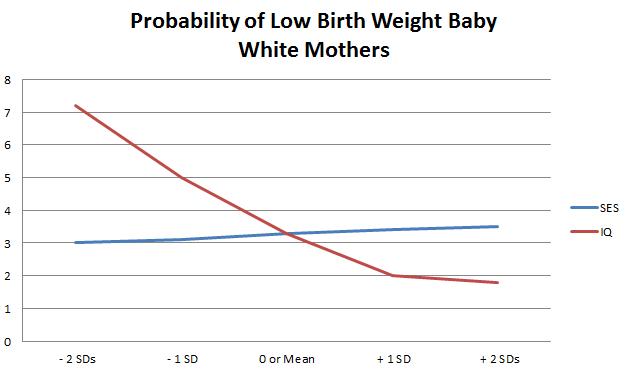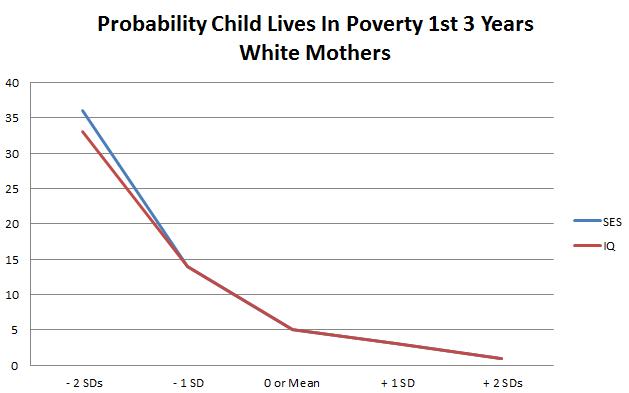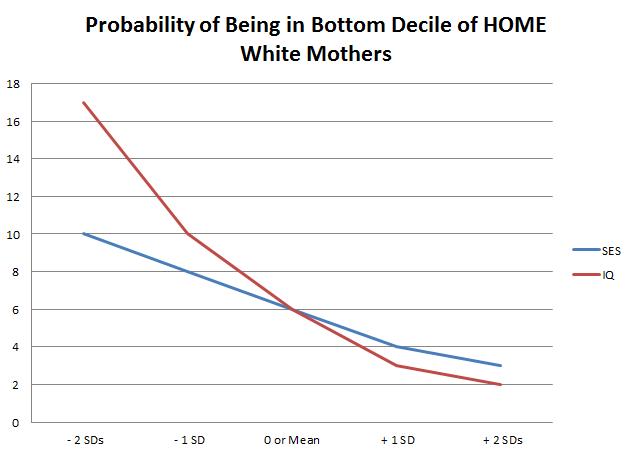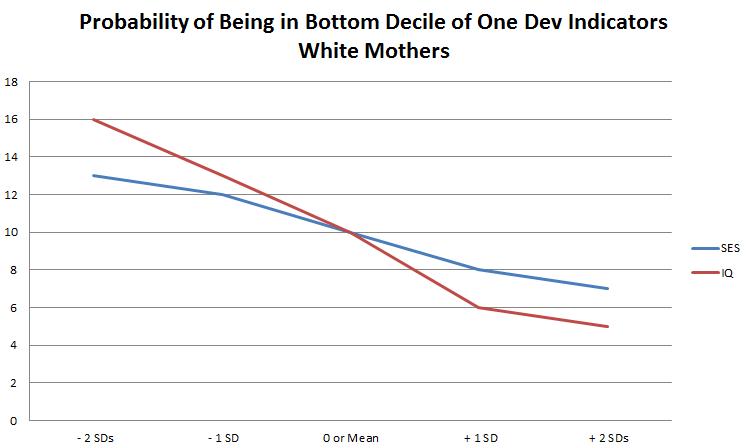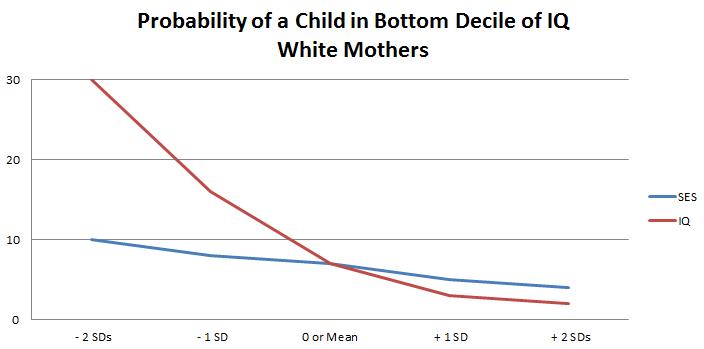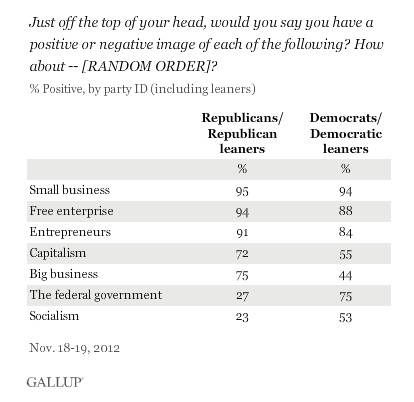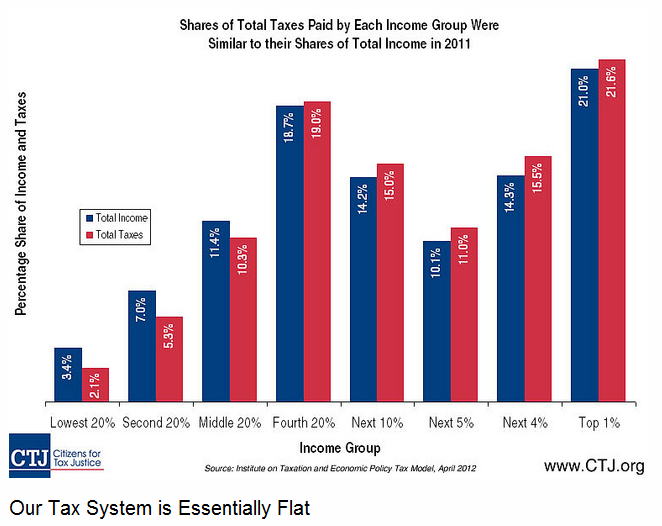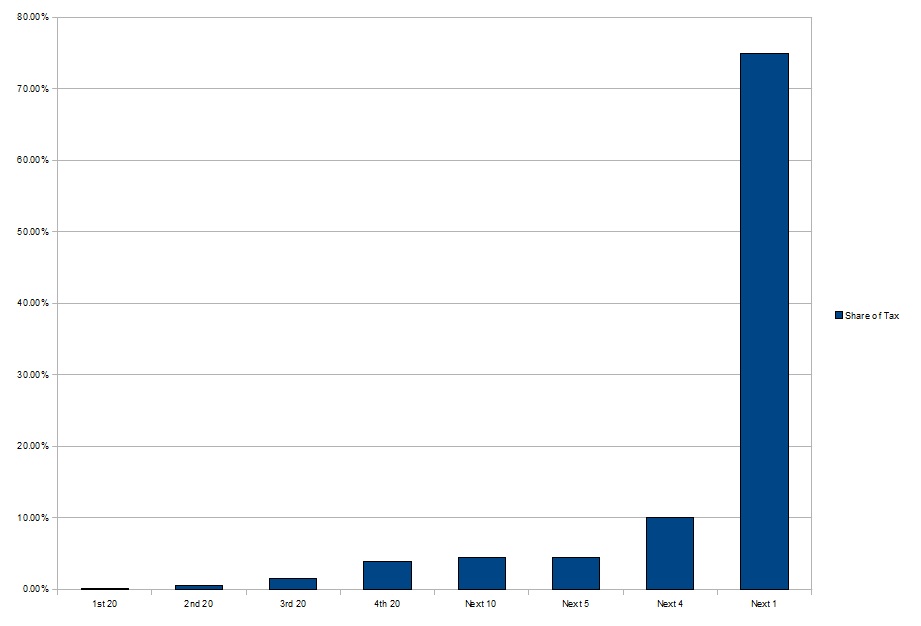 I saw the story the other day of that cop who took his own money and bought that guy a pair of boots:
I saw the story the other day of that cop who took his own money and bought that guy a pair of boots:
After Officer Lawrence DePrimo knelt beside a barefoot man on a bitterly cold November night in Times Square, giving him a pair of boots, a photo of his random act of good will quickly took on a life of its own — becoming a symbol for a million acts of kindness that go unnoticed every day and a reminder that even in this tough, often anonymous city, people can still look out for one another.
Those boots cost him a hundo.
I like stories like this for two reasons:
- I think too often we’re inundated with only bad shit going on in the world. That everybody is out to get everybody. More good news would be a good thing.
- People ARE capable of giving individually.
Anyway, as I read the story, like I said, I felt good. But I have to admit that when I got to the cost of the shoes I kinda reacted with a “Uh-oh.”
Sadly, as the story continues, we find that the boots are gone:
Since Mr. Hillman’s bare feet became famous, other people reported seeing him without shoes — one even after Officer DePrimo’s gift — and one woman said she had bought him a pair of shoes a year ago. Whatever the case, Mr. Hillman seemed accustomed to walking the pavement shoeless.
Now, I don’t know Hillman’s story, of course. The life he leads is violent and full of crime; those boots may have been stolen. Or, Mr. Hillman may have reacted rationally and decided that the money gained from the shoes was more valuable than the shoes themselves, so he sold or returned ’em. Again, I don’t know.
But it got me to thinking on the best way to help the folks who have found themselves in the precarious condition of living on the streets.
When I moved to Seattle all those years ago, my buddy and I asked the logical first question, “Where do we go out?” Everyone told us Pioneer Square. So we hit that neighborhood 4-5 or 6-7 nights that week. It was a blast. Rocking music scene, walking neighborhood with restaurants, bars, shopping and whatnot. It was great.
But, during that week I was exposed to the folks on Seattle’s streets. I suspect I had seen homelessness during my time at the University of Minnesota, but I was literally off the farm in rural Minnesota; Right on the Banks of the Plum Creek. This was new to me.
Over the course of those nights there were two men who were always at the same corner, right in the best place and always seeming, I don’t know – comfortable. So my buddy and I got to know ’em. I smoked then and we would sit down and share a smoke. When it was time for a slice of pizza or a sausage, we’d buy an extra couple and eat with ’em. I never drank with those guys or gave ’em money, but we got to know them.
I would get a job in that neighborhood and would often walk out of my place and bring them food, take time to smoke and always stop and talk. To say that we were “friends” probably wasn’t accurate; we never hung out or did anything together. But then again, when “grandpa” didn’t show up for “work” one night, I found he’d been taken to the hospital. I told my boss I had to go, she agreed, and I went to visit him. So, eh, not friends but certainly a connection was present.
One afternoon I was talking to the younger man, slightly older than me at about 30 or so. I told him that I thought he carried himself well, his conversations displayed a nimbleness and that he was funny and easy to like. Finally I said that if he needed to, I’d “borrow him” the money for clothes, a tie and jacket and some shoes. He could use my address and phone number and I’d take messages and I would run him through practice interviews. “Just puttin’ it out there…..”
He kinda looked at me, not funny – after all, this wsn’t the random act of kindess of a stranger, but still. And he shook his head, “Naw man, I don’t wanna job. I’d have to punch in and punch out, do stuff other people told me to do, and then I’d just come here anyway. I don’t mind my life, I’m not hungry or cold, I have friends and I make enough money – heck, I make 60-80 bucks a night.”
“But you don’t have a home,” I said.
He corrected me, “I don’t have a house.”
Point taken. And so it was that he decided to live there. On the corner. Eating with strangers and other passerbys. I kept on eating with him, smoking with him. We remained “friends” until I move, or until I quit working full time down there in the square. But it was a little different after that talk. It was different in that he had made a choice. In the same way I made a choice, to go to school, then to work and to pay rent and all that stuff.
I’m sure that he’s the exception to the rule, I’m sure that the 636,017 folks out of homes today would rather not be out that home. That they would want to be back in a secure place, warm fed and safe. And I know that, my friend’s place was unique. Seattle is a remarkably safe city, hell, I’d walk home, 1-2 miles at 03:00 AM with a bartender’s take of cash in my pocket right THROUGH the heart of the city. Not once did anything happen.
But it has always made me wonder how is it best to help the folks that find themselves down on their luck? How many cases are there of otherwise fully capable functioning families or individuals who just got hit with a random life event that knocked ’em off their feet for a sec? And yes, literally a free apartment, some food, clothes and a razor would get them back on track. How many would need more than that, perhaps less? I’m sure that a ton are mentally ill and unstable; there is no amount of money or care that will allow a hope at a traditional functioning life spent working, paying rent and caring for a self and a home. But what then? And, of course, there is my “friend” in Seattle. He has made a clear and rational decision to live on those street and finds himself in a perfectly happy place.
I don’t think anyone questions that “we” give assistance through “entitlements”. Maybe I speak for myself, but I ask the question, “What is the most effective form of aid? How will we know it’s working? What will we do when it hasn’t? Are we prepared to stop providing the assistance in the event it isn’t fulfilling our goal?”
Those are the questions I have.


